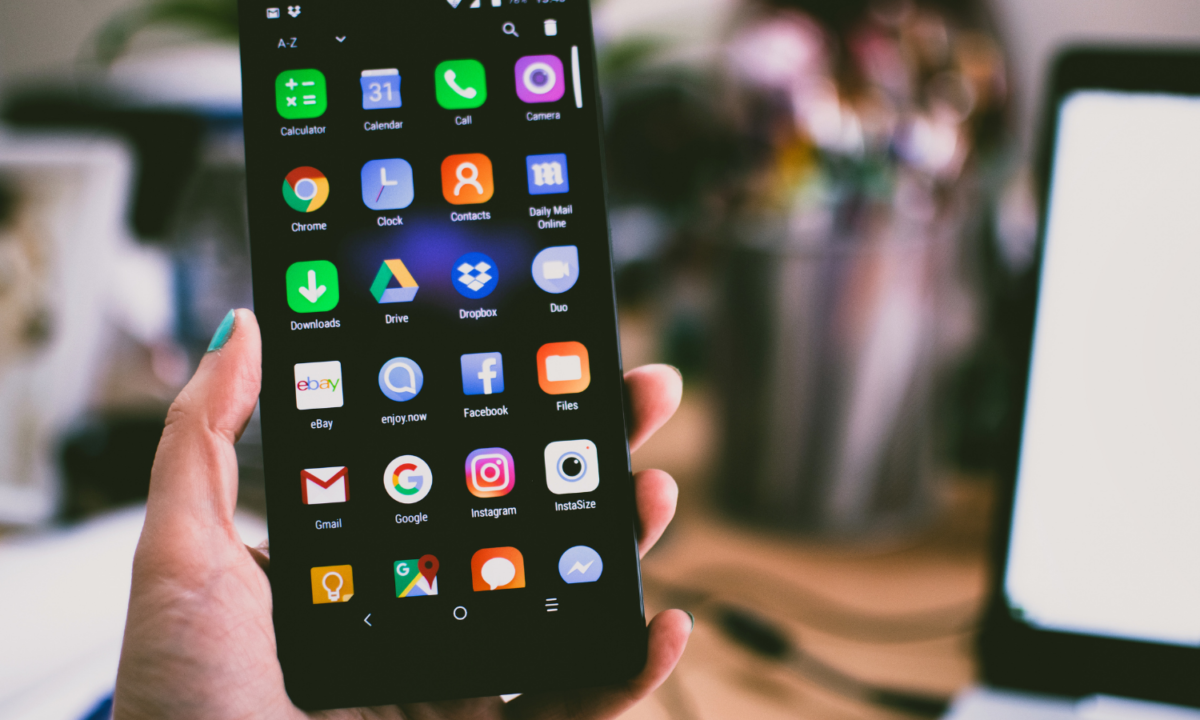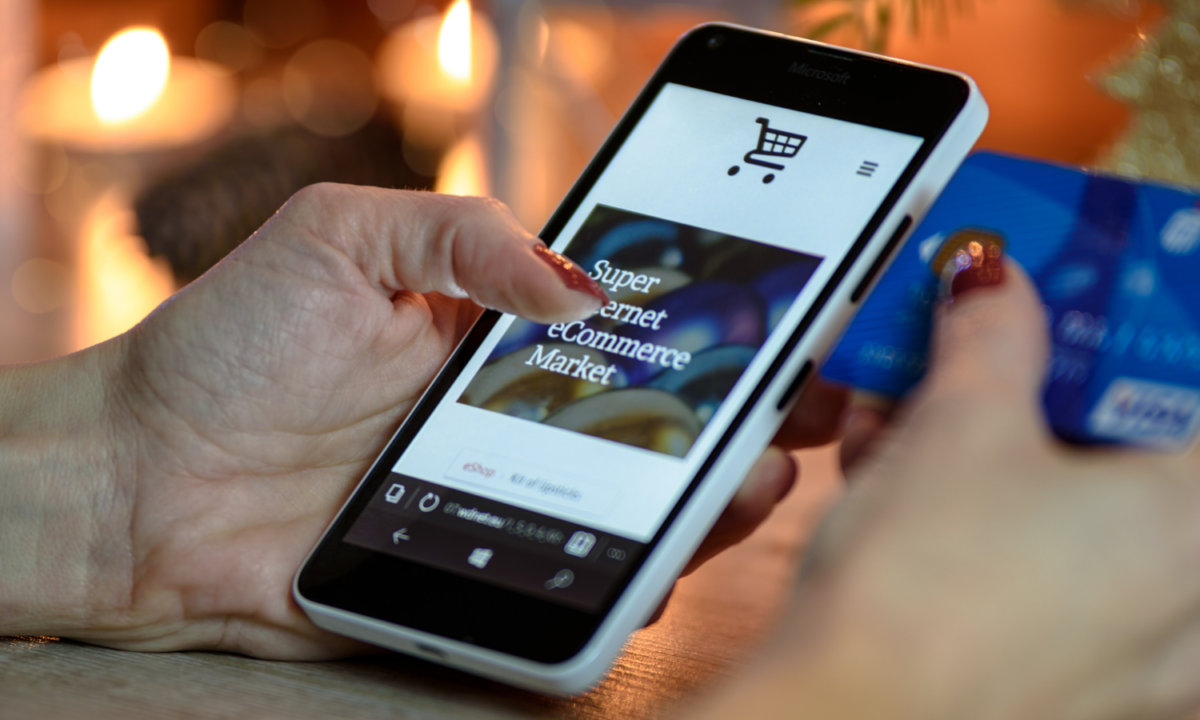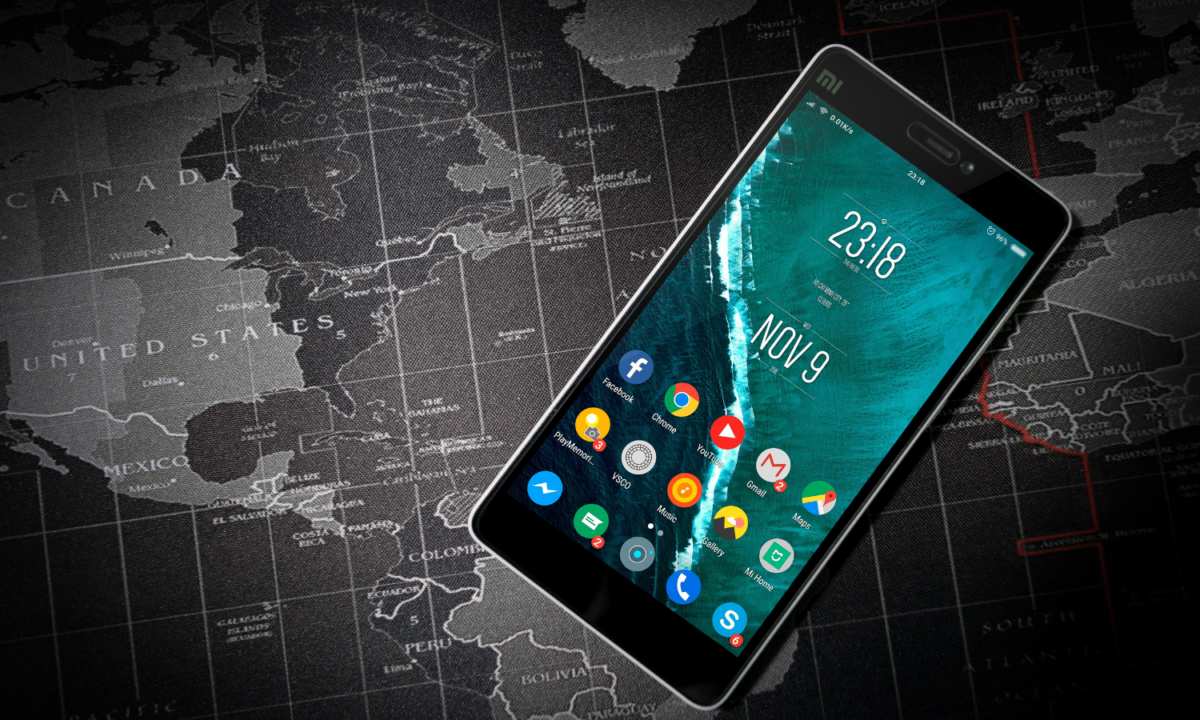I have now worked for jācapps for 10 years! This company is a part of who I am and the people here are my family. Most of our clients have probably heard my name (especially for those Apple Developer accounts!) even though I don’t interact with them directly that much now. I help keep all those apps moving and working and growing. And I care about each app we put out; I honestly do.
I walked into the jācapps office a young developer just getting started in the Android and iOS world. I think Paul hired me because I was a Tigers fan and managed to impress his only previous reference point for what a developer was. In a similar way, jācapps was also just getting started in the app world – although they had been around before I came along. I showed up at a non-descript office building, walked into a dull office suite (sorry, it’s true), and got to work at my desk in the storage room. Yep. The storage room sitting next to some shelves filled with old equipment and dusty boxes, racks of CDs, and a massive phone system. No windows.
This may sound bleak and like why would anyone sign on for this job. But what I also walked into was a 3-person team passionate about what they were doing, a boss that said “put up whatever you want” on the walls (and in my work), and the room to grow along with all of that. From that first day, I was asked what I thought and given the agency to guide what we were doing and where we would go. The first apps I worked on were for radio stations and were really, really not pretty. They played an audio stream and that was about it! But remember, this was 10 years ago so that was pretty impressive!
As the years passed, we built on this simple functionality to create some really amazing apps for our clients. We branched outside of the radio station market. I really think every part of jācapps has grown and improved: design, development, deployment. Even sales (my least favorite thing) and our office space! Before the pandemic, the team worked out of our Bingham Farms office suite. Automated sitting/standing desks, glass walls, open spaces, white boards. All the things you’d imagine in a modern tech company. And a kitchen! Our first office space had a microwave and a water cooler, so a refrigerator and working sink were big-time improvements.
But the work is what really counts. The apps we are putting out now are complete solutions for our clients. We’ve mastered including all sorts of media types and branched out to fit the business needs of many different verticals. We have dedicated web and backend developers. Even now, starting a new custom project for me is exciting! I love figuring out what parts match up with previous work and what parts will take the company in new directions. Looking back, while I might be embarrassed by those early apps – my pride in our work has been constant.
Ten years in the life of a tech company is a huge deal. And ten years in my life has also been huge. I was just shy of 30 when I started, living the single life with my two dogs, still figuring out what being an “adult” meant. What I said about the people at jācapps being family? It’s true. And not only because I convinced my brother to join the company! I was lucky enough to become friends with that small team from the start. While we don’t work together anymore, they will always be my partners in crime (the good kind). And even as we’ve added to the team, they’ve supported me.
This company saw me through a few relationships starting and ending, saying goodbye to those two dogs (and hello to a new one). The whole company, a much bigger team than 3 people, was at my father’s funeral for support. The Friday before I proposed to my now-wife every person at jācapps wished me luck (good thing I got a “yes”). A few of the longer-term coworkers were at the wedding and then there was an office baby shower and so many thoughtful gifts for the birth of my daughter! So, when I say both the company and I have grown – you can see it’s true. I have never been more solidly “adult” than I am now: married, with a child, staring down 40.
And also, confident that I’m at the right company. I am wise enough to know none of us know the future. However, I still believe there are even greater things coming in the future for jācapps. Our team seamlessly adapted to work from home full time, has weathered the Covid-economy, and continues to truly enjoy what we are doing. I am thankful for each employee, the “higher-ups”, and each client and project that comes along – even the ones that challenge us. Here’s to another year!
Kate Coyle-Levy
VP of Software Development






















